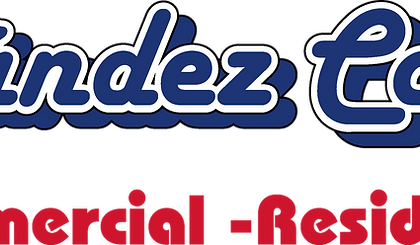Cleaning and Sanitization of Production Lines: Preventing Contamination and Ensuring Quality

Introduction:
In the manufacturing industry, the cleanliness and sanitization of production lines are paramount to prevent contamination and ensure the production of high-quality goods. A comprehensive cleaning and sanitization program not only safeguards consumer safety but also upholds the reputation and success of manufacturing companies. This blog post explores the importance of cleaning and sanitization in production lines, highlighting key considerations and best practices to prevent contamination and maintain product quality.
I. Understanding the Risks of Contamination in Production Lines
- The impact of contamination on product quality and consumer safety
- Common sources of contamination in manufacturing environments
- The importance of proactive measures to prevent contamination
II. Developing a Cleaning and Sanitization Plan
A. Assessing the Production Line
- Identifying Critical Control Points (CCPs)
- Identifying areas vulnerable to contamination during production
- Understanding the significance of CCPs in maintaining product integrity
- Implementing targeted cleaning and sanitization measures at CCPs
- Analyzing Workflow and Product Flow
- Mapping the flow of materials and products on the production line
- Identifying potential contamination risks and points of contact
- Incorporating cleaning and sanitization practices into the workflow
B. Selecting Cleaning Agents and Sanitizers
- Choosing appropriate cleaning agents and sanitizers for different surfaces
- Ensuring compatibility with production line materials and equipment
- Adhering to industry regulations and guidelines for chemical usage
III. Cleaning Procedures for Production Lines
A. Preparing the Production Line for Cleaning
-
Shutdown and Isolation
- Safely shutting down and isolating the production line
- Ensuring proper lockout/tagout procedures are followed
2. Removing Excess Residue and Debris
- Clearing the production line of excess product residue and debris
- Using brushes, scrapers, or compressed air for effective cleaning
B. Cleaning Techniques for Different Components
-
Conveyor Belts and Conveying Systems
- Cleaning and sanitizing conveyor belts to remove contaminants
- Lubricating and maintaining conveyor systems for optimal performance
2. Machinery and Equipment
- Disassembling and cleaning machinery components thoroughly
- Applying appropriate cleaning methods to prevent damage or corrosion
C. Sanitization Practices
- Surface Disinfection
- Applying sanitizing agents to kill bacteria and viruses on surfaces
- Ensuring adequate contact time and following recommended concentrations
2. Air Quality Control
- Implementing measures to control airborne contaminants
- Regular maintenance of ventilation systems and air filters
IV. Verification and Validation
- Implementing verification procedures to ensure effective cleaning and sanitization
- Conducting regular swab testing and microbial analysis
- Documenting and maintaining records of cleaning activities and results
V. Employee Training and Hygiene Practices
- Providing comprehensive training on cleaning and sanitization procedures
- Promoting personal hygiene practices among employees
- Establishing a culture of cleanliness and responsibility
Conclusion:
The cleaning and sanitization of production lines are critical components of maintaining product quality and consumer safety in the manufacturing industry. By implementing a well-designed cleaning and sanitization plan, businesses can prevent contamination, minimize the risk of product recalls, and protect their reputation. Effective cleaning procedures, proper selection of cleaning agents, and employee training on hygiene practices contribute to a safer and more efficient production environment. Investing in robust cleaning and sanitization protocols ensures the delivery of high-quality products and fosters customer trust and satisfaction.
Remember, a clean and sanitized production line is the foundation for producing safe and superior-quality goods in the manufacturing industry.


